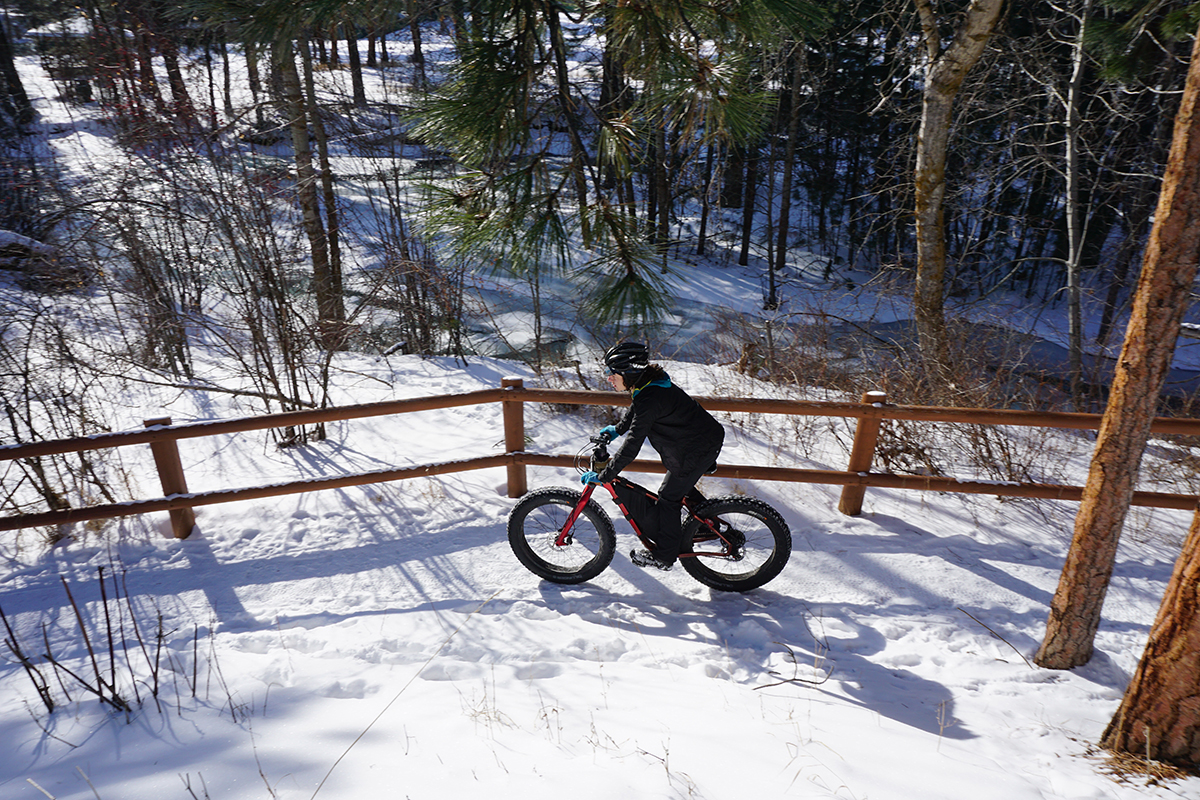Geared Up: Winter Gear and Accessories
Can’t stay off the bike, even during the cold, dark months of winter? Neither can we. Luckily, smart gear choices will help keep you comfortable and rubber-side down until the first spring robin lands in your neighborhood.
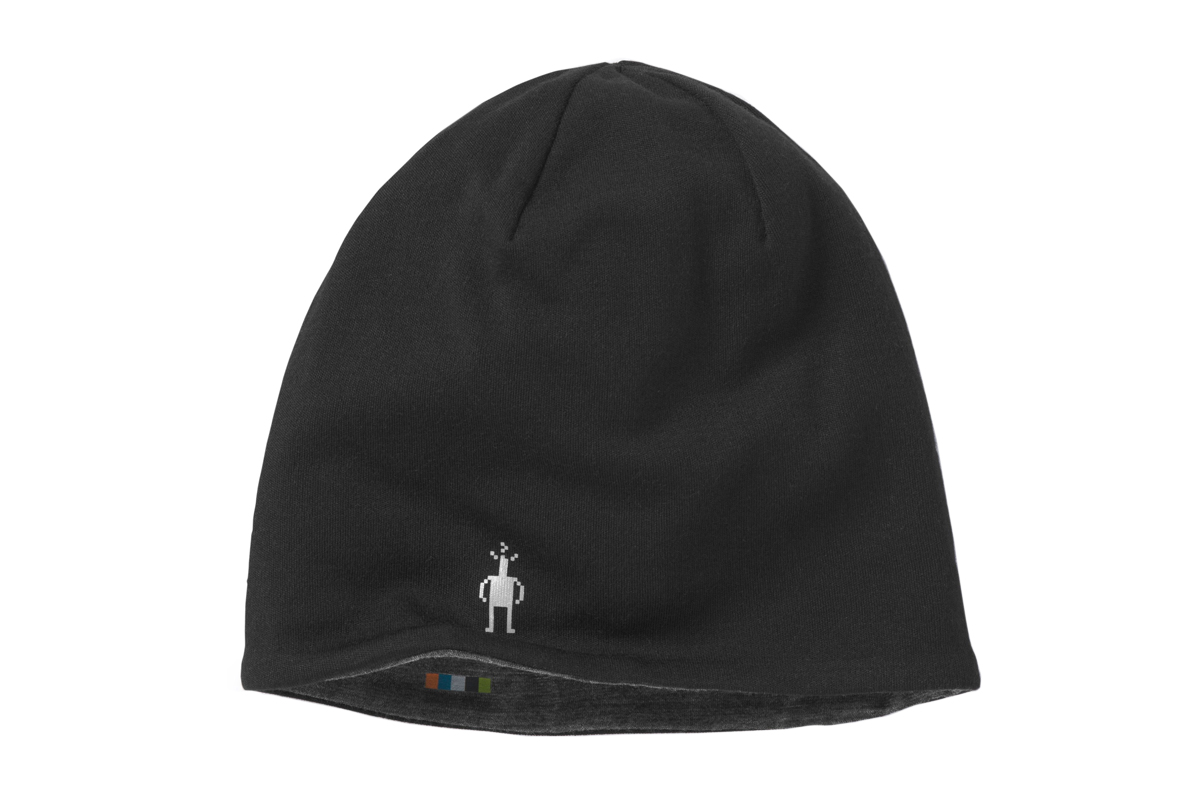
Smartwool PhD Light Reversible Beanie, $28
Winter fat biking is a hard sport to dress for. My general rule to is don the same layers I wear for cross-country skiing, but when I’m fat biking on singletrack with steep climbs and descents, it gets more complicated. If I sweat too much on the uphill, then I’ll freeze going down. What to do?
This winter I switched from using my old cold-weather running hat to Smartwool’s PhD Light Reversible Beanie. The lightweight merino wool is great at managing moisture — it keeps my head warm while still allowing sweat to evaporate at high output. Whereas I used to wear a light cap under my helmet (or nothing at all) for the climbs and switch to a warm hat for the descents, I now wear the PhD during the entire ride. Mind you, I typically ride in temperatures from 20°F to 35°F. Anything colder, and I might switch to a ski helmet; any warmer, I’d wear a thin skullcap. But for typical Missoula winter weather, the Smartwool PhD is just right. –Dan Meyer
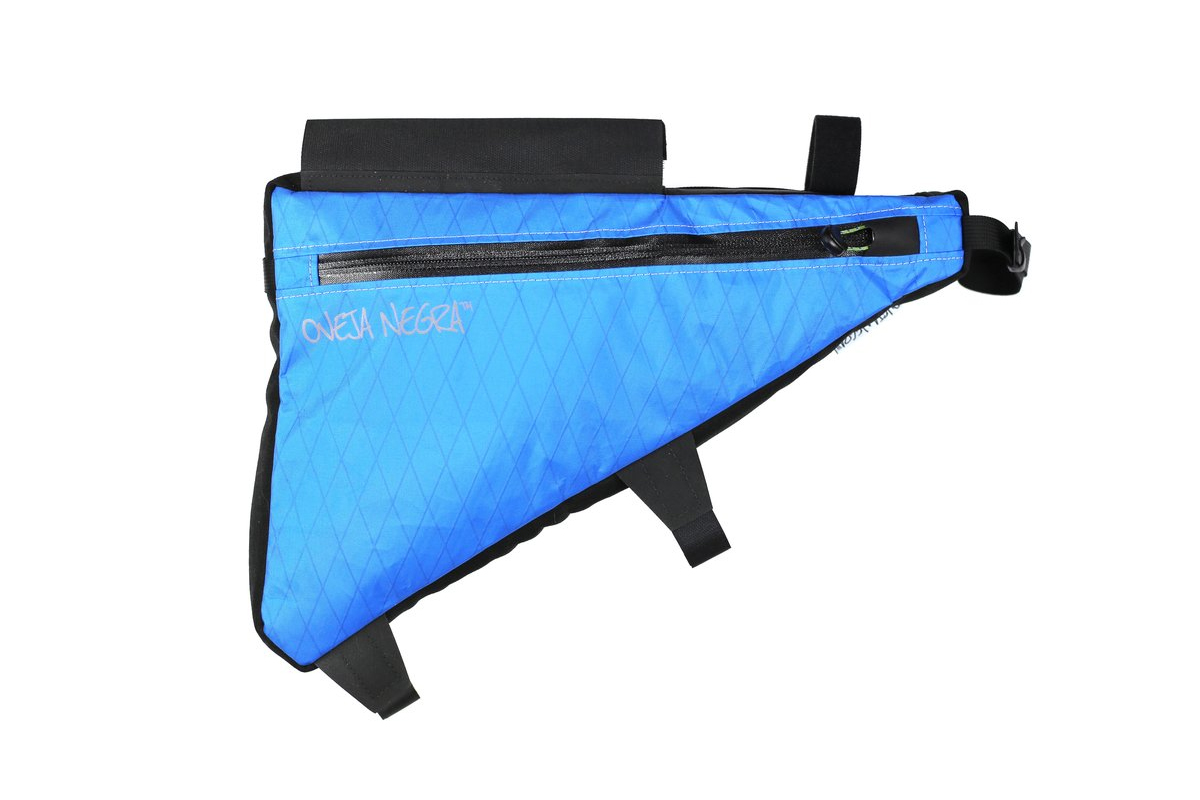
Oveja Negra Superwedgie, $100
Riding bikes in the snow requires a little more extra gear — puffy jacket, spare gloves, yeti repellent — and instead of wearing a backpack, I find it’s handier to throw stuff into a framebag. Oveja Negra’s Superwedgie is a fine example with quality materials and excellent stitching (and fun colors!). Available in sizes small and large, it’s intended to suit a variety of frames, and indeed I’ve fit my large Superwedgie to five different bikes. It mostly lives on my Surly Wednesday, tucked into the front half of the triangle with more than enough room for a large water bottle mounted to the seat tube.
The bag’s right zipper opens to reveal a large main pocket with a bright green interior and an elastic strap to hold a pump. I usually stuff a jacket, gloves, hat, and snacks in the main compartment. The left side is more of a map pocket and holds my keys, wallet, phone, and multitool. Because the Superwedgie is designed as a kind of half or three-quarters framebag, it doesn’t attach to the seat tube. You have to hold the rear loop in order to close the zippers, which is a minor annoyance and really the only flaw in an otherwise outstanding product. My Superwedgie is in its second winter and still going strong. –DM
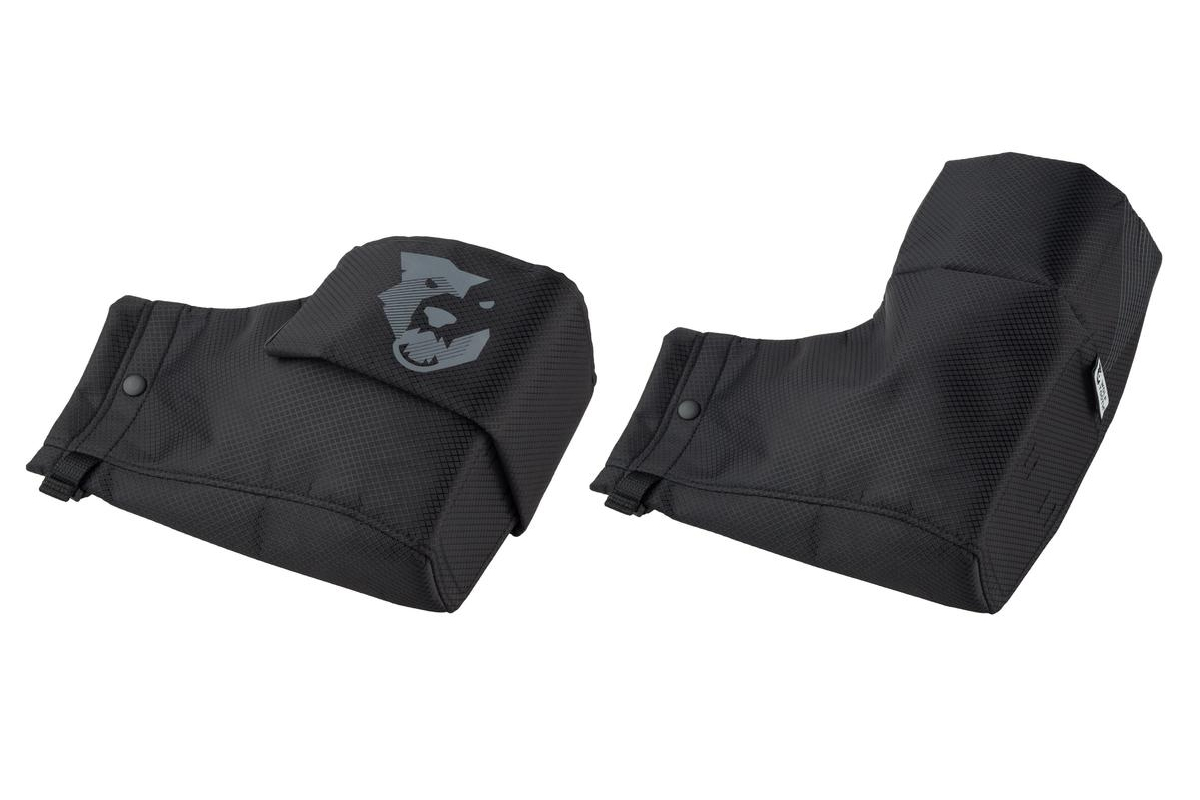
Wolf Tooth Singletrack Pogies, $100
Staff Writer Dan Meyer reviewed the first version of the Singletrack pogies in the 2017 Holiday Gear Guide, and after trying his a time or two, my envy was real. I bought a v2 version for fat biking this winter, and I’m pleased to report the feeling has been flipped. Wolf Tooth updated the already excellent pogies with a plastic piece on the outside that makes for more internal volume and more comfortable access to the controls. Riding the v1 and v2 models back to back put the benefits of a bit more space into sharp relief, as it lets your hands function as they would normally without any hint of pressure from the nylon fabric. A snap has been added to the velcro/strap combo used to secure the pogie around shifter and brake lines, which probably isn’t totally necessary but is a nice extra. The Singletracks retain the simple and effective bar-end plug attachment system and three warmth “settings,” with cuff folded, extended but unzipped, or extended and zipped. The price stayed close between the two versions, but alas, they’re no longer made in America. Still, the v2 updates keep these as a top choice when it comes to keeping hands warm in winter. –Alex Strickland
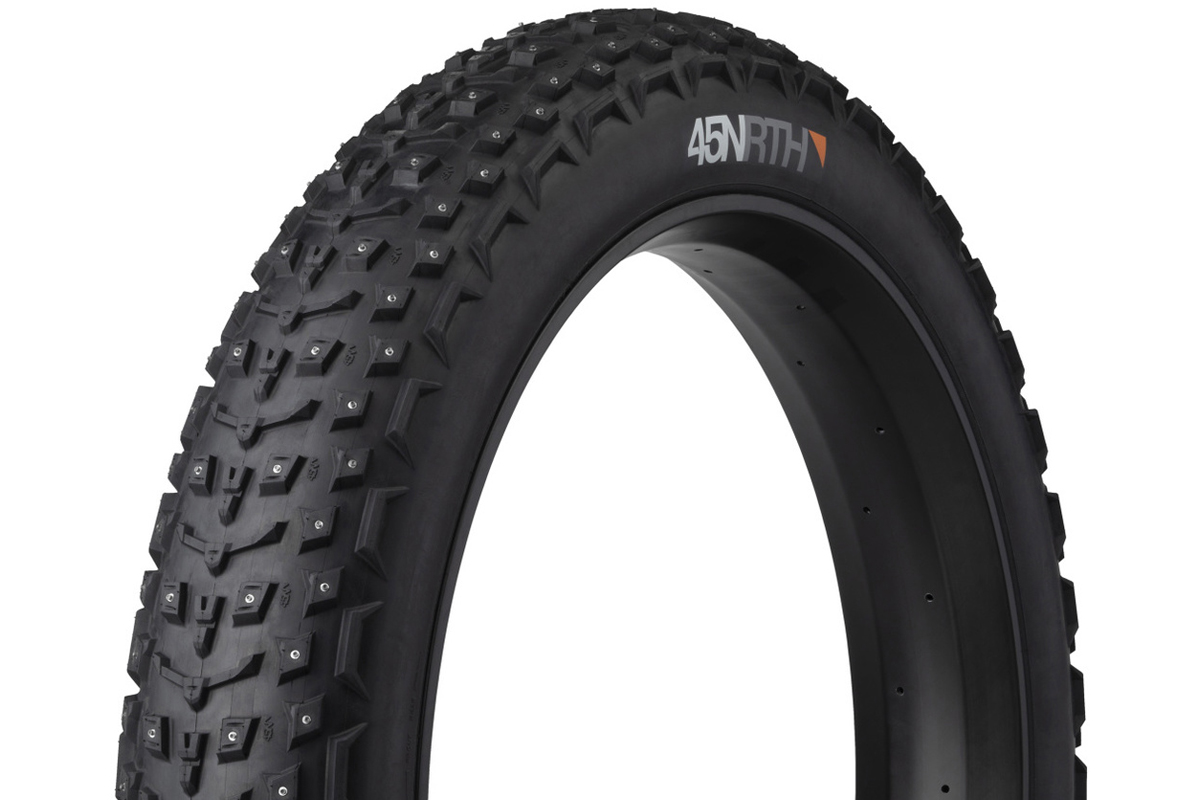
45NRTH Dillinger 5 Studded, 120TPI, $225/tire
Yes, that’s the real price. Yes, they cost more than a Michelin on the family sedan. And yes, they just might be worth it. Last season I rode the unstudded (and lower-end 60TPI) Dillinger 5, and by winter’s end loudly declared that I couldn’t see a need for studded tires — the 4.6in. 45NRTHs had done just fine, thank you. Then I broke a collarbone, and with the doc’s warning not to fall for a while, I suddenly saw very clearly why someone might want a little metal in their rubber as well as in their shoulder. I considered studding my existing tires (all Dillingers are “studdable,” but with 258 per tire, the cost of studs alone, to say nothing of the time spent — and beers consumed — adds up quickly), but abandoned that plan in favor of getting the factory version. 45NRTH offers concave carbide or pointed steel studs, but I went all the way with the higher-priced concave version, whose angle of attack (along a steel “rim” rather than a point) is engineered to be slightly more aggressive. The difference was immediate vs. an unstudded tire on ice — a reassuring rumble gives some auditory assurance that things are hooking up — though there’s no discernable difference on even hardpacked snow. I’m not sure I can tell a difference between the 60 and 120TPI sidewalls, especially since my old Dillingers were holding tubes and the studded version is set up tubeless, but at the extremely low pressures fat bikes run, it stands to reason that the more supple sidewall will better deform for added traction. The real question is whether the studs are worth the $100 upcharge (per tire) vs. the studdable version. If you a ride any kind of ice, they’re at least worth a long look. They cost more than the tires I just put on my pickup, but they’re cheaper than another ER visit. –AS
